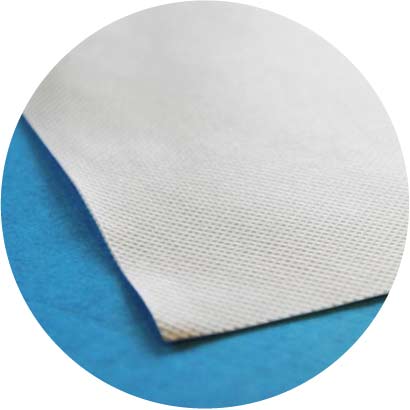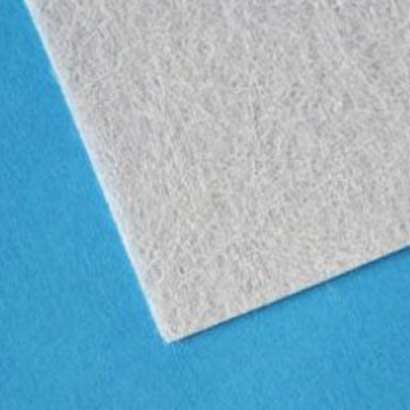Construction Industry
Flexible for Many Applications
Nonwoven is used in the construction industry because the material is inorganic, and because properties such as air permeability, absorption, and resistance to UV rays, heat and moisture can be adjusted to suit needs. Spunbond and fiberglass in particular are used in construction.
Floors, roofs and walls
Nonwoven is often used as a backing or stabilizer in roofing products within construction. Where it, for example, can be coated with asphalt, or serve as a backing on plasterboard, a stabilizer in PVC flooring and a moisture barrier, vapor barrier and waterproofing.
Stable and durable
Nonwoven is often used because it is very strong. For example, it is used as a stabilizer or backing on floor, roofing and wall products. Fiberglass has a high tensile strength and low elongation, while spunbond has more elongation and a slightly lower tensile strength.
Moisture can be blocked, allowed to permeate, or absorbed
Nonwoven is inorganic and does not grow mold in response to moisture. Moisture permeability can be controlled with different coatings or by which fibers are used for manufacturing. It is possible to block moisture yet still allow the product to breath.
Resistance to wind and weather
There is fiberglass developed to be very resistant to, for example, heat and UV rays. These are good in roofing products, for example. Spunbond can also be made flame retardant, antistatic, alcohol resistant, etc.

Construction is the industry with the broadest use of nonwoven. The material is incredible durable and can be varied. Everyone has nonwoven in their home. Inside, outside, on the walls, under the floor, in the bathroom, and in the ceiling.
Johan Georgson, CEO, Scandinavian Nonwoven






